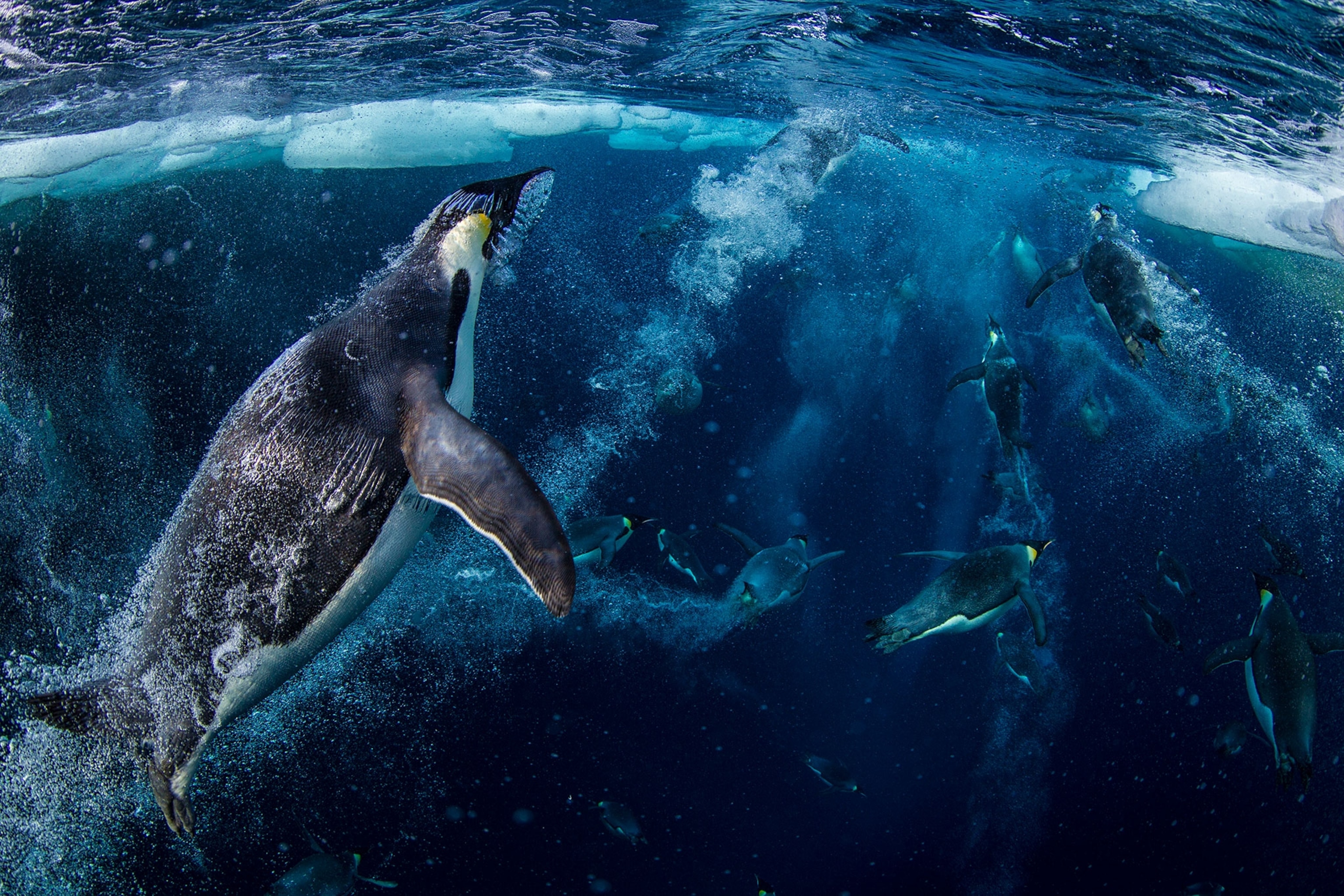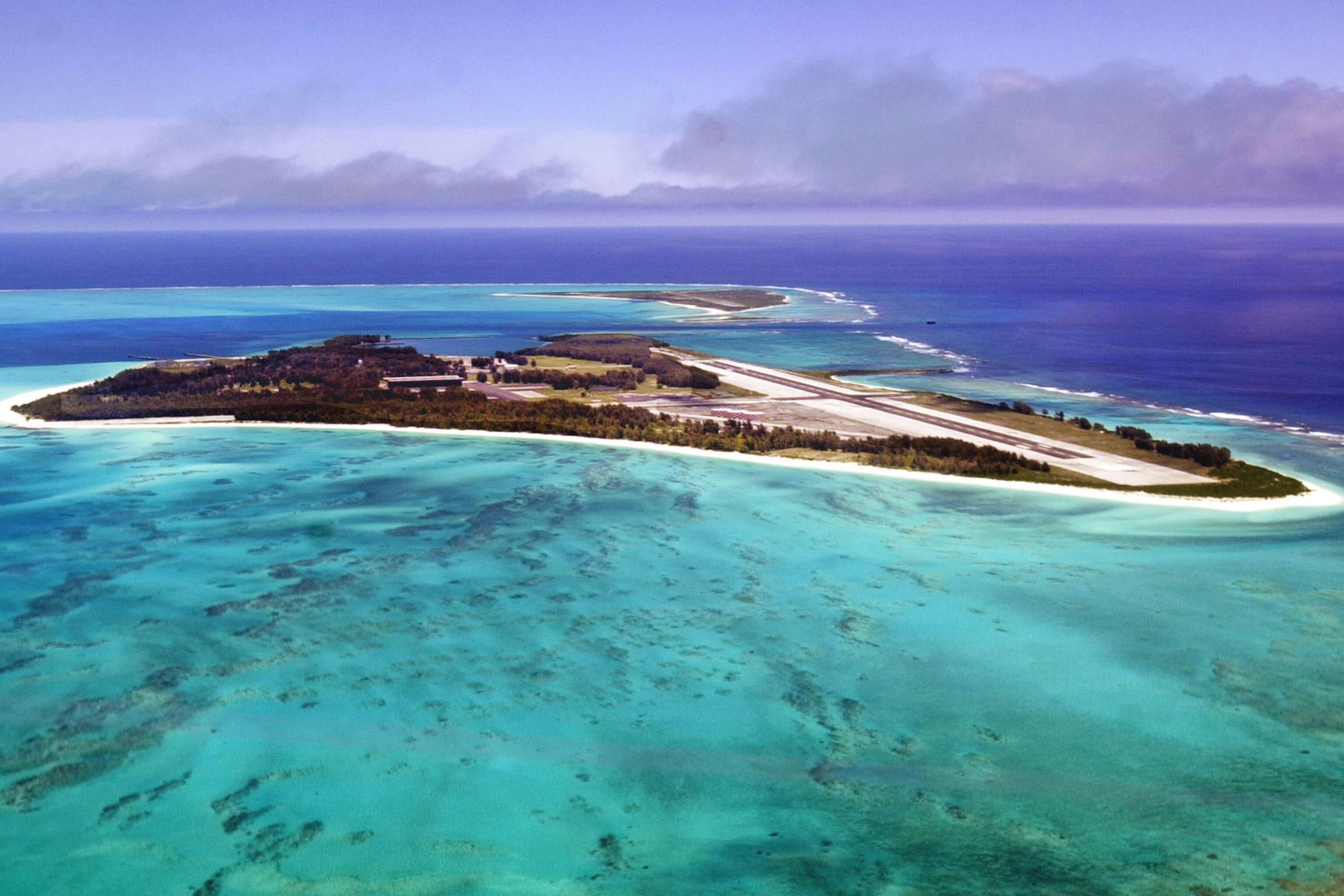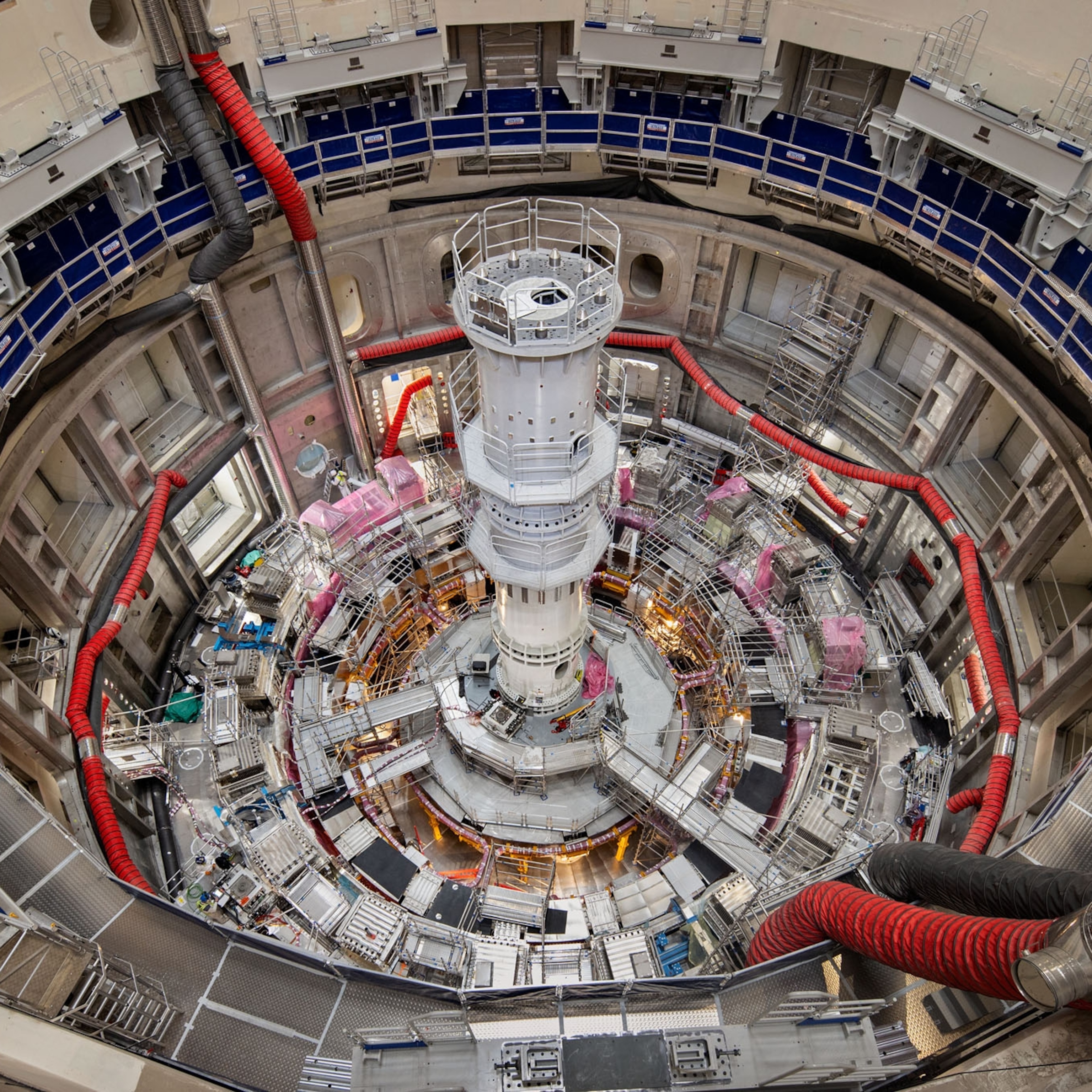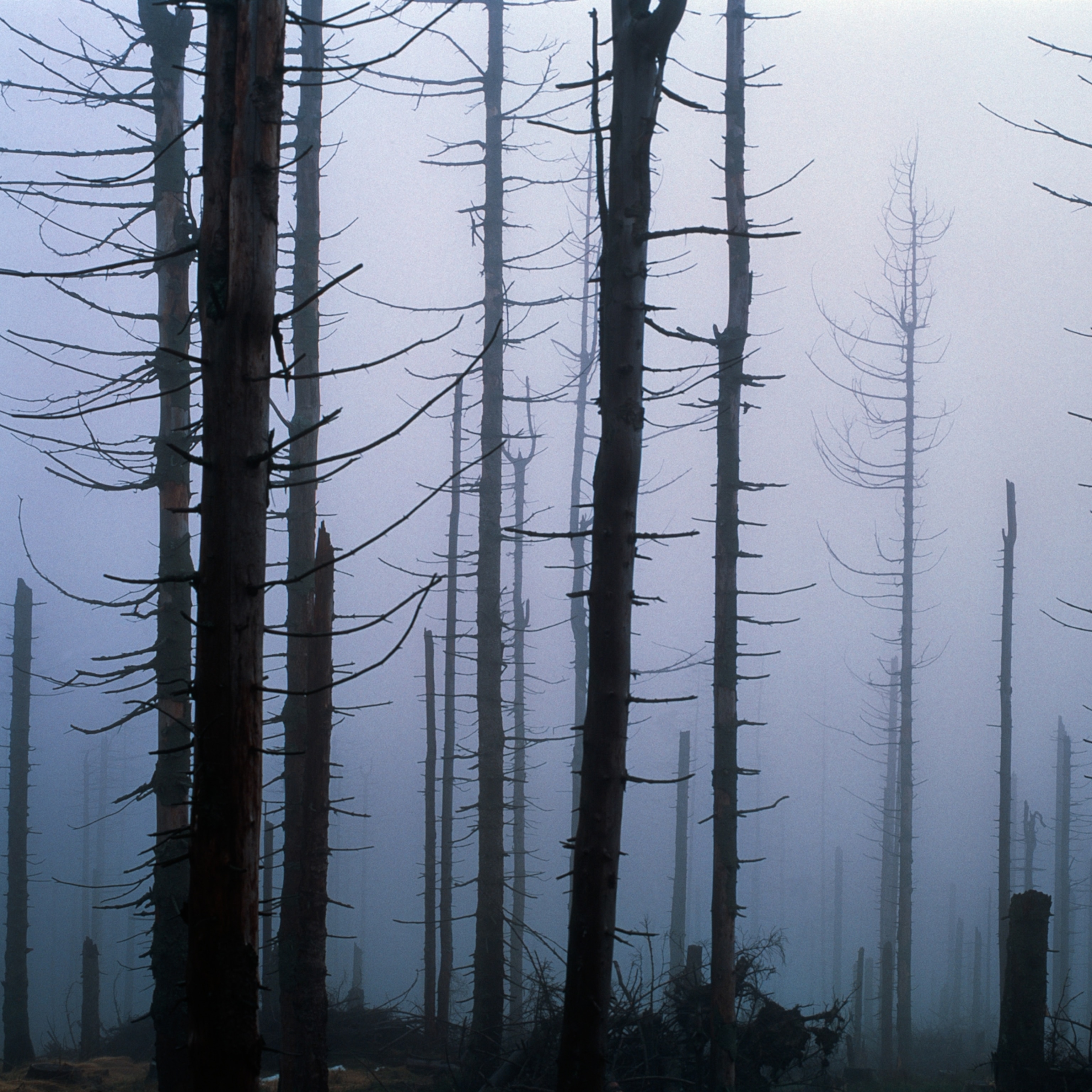
Five Big Environmental Wins in 2016
Sure, it's been a tumultuous year for the planet. But here are some environmental achievements to celebrate: renewable energy, protected oceans, and deconstructed dams.
The planet had a rough year in 2016. African elephants and rhinoceroses were ravaged by poachers. A new United Nations report suggested that biodiversity loss, land degradation, and water shortages are worsening. Arctic sea ice dwindled to record lows after several of the warmest years on record.
But behind all the troubling environmental news there were some significant rays of hope in 2016: great feats of conservation, a few surprising global advances, and some noteworthy trends.
It's easy to forget, for example, that the Obama Administration withdrew millions of acres of the Atlantic and Arctic oceans from consideration for future offshore oil and gas exploration. Carbon dioxide emissions are projected to rise less than a quarter of a percent in 2016—the third year in a row of unexpectedly low growth or declines. And after more than two decades of trying, enough nations finally signed 2015's Paris accord that a global climate pact actually entered into force in November.
President-elect Donald J. Trump has vowed to "cancel" the Paris agreement, and several of his proposed policies threaten to undo many environmental gains. But for the moment, at least, the rest of the world's top polluters—including China and India—remain committed to an effort to hold global warming to 2 degrees Celsius, while still aiming for a harder-to-reach 1.5 degree cap.
In that spirit, as we head into 2017, here's a look back at some of the biggest environmental achievements of the past year.
Renewable Energy Has a Record Year
For the first time, installation of new renewable electric-generating capacity outpaced growth in fossil-fuel generating capacity. In other words, of all the new sources of electricity installed around the world in 2015, more gigawatts of power were produced from wind, solar, and other clean energy sources than from coal or oil. Certainly, energy from fossil fuels still accounts for the bulk of global generation. And although this milestone technically was achieved in 2015, it wasn't reported until 2016. It is part of a massive global transition not expected to abate.
In fact, another report by the U.S. Energy Information Agency concluded that based on current regulations, market forces, and government trends—even without the Obama Administration's plans to curb emissions from coal-fired power plants—renewable energy is set to overtake coal as the dominant source of electricity worldwide by 2040. And that pace, the report notes, could actually speed up.
"The growth of clean, renewable energy to more than 50 percent of all new energy installations worldwide is part of a trend rather than an anomaly, and the growth is expected to increase," said Mark Z. Jacobson, a Stanford University clean-energy expert. "Ultimately, I expect that within five to 10 years, between 80 percent and 100 percent of all new annual electric power generation worldwide will be from wind, water, and solar."
Bolstering that projection, some of the world’s top business leaders, including Microsoft founder Bill Gates, announced this month that they are launching a venture to invest over one billion dollars in "next-generation energy technologies."
New Funds for Dam Removal
In the five years since the United States began dismantling the Elwha Dam and the 210-foot Glines Canyon Dam on Washington State's Olympic Peninsula, one thing has become clear: Dam removal works. Numbers of ocean-going chinook, coho, chum, and steelhead exploded in the newly free-running Elwha River after the largest dam-removal project in history. The estuary has grown, creating new life for crab and clams, drawing "a fantasia of birds" to feed on them, coastal watershed scientist Anne Shaffer told National Geographic in June.
In the wake of that success, the William and Flora Hewlett Foundation this fall announced a $50 million fund that will help governments and communities remove dams to help set other rivers free. Scientists, activists, and Native American tribes are seeking to dismantle dams on three river systems in the American West—the 168-foot-tall Matilija Dam on a tributary of California’s Ventura River, a diversion dam on the Naches River in the shadow of Washington State's Mount Rainier, and a series of small dams and other blockages on Oregon's Rogue River. They hope to follow the Elwha's lead.
"The Elwha is a reminder of what we have to lose, and exactly how important it is to protect the intact ecosystems we have," Shaffer said this month.
Protecting Waters off Hawaii and Cape Cod
With just two moves in the last half of his final year in office, Barack Obama conserved more land or water than any president in American history. Days before Obama's historic trip to Midway Atoll in the Pacific Ocean, his administration announced a quadrupling of President George W. Bush's signature conservation achievement, the Papahānaumokuākea Marine National Monument, in northwestern Hawaii. This coral-rich area twice the size of Texas is home to 7,000 species, including endangered monk seals and several types of shark. New deep-water fish species are still being discovered here.
Then, two weeks later, Obama created the first marine protected area along the U.S. Atlantic Coast, off Cape Cod, a stretch of sea that includes giant undersea mountains. New England's Northeast Canyons and Seamounts Marine National Monument is in a region of ocean off Connecticut that is particularly susceptible to damage from climate change. The new designation should allow scientists to use it as a living laboratory in hopes of finding fresh ways to defend seas from greenhouse gas emissions. If future generations are to have oceans is rich as those left to current generations, Obama said, "then we're going to have to act and we're going to have to act boldly."

Preserving the World’s Oceans
Boldness wasn't exclusively the province of the United States in 2016. Ocean protection is particularly difficult because vast stretches of the world's seas can be affected by the actions of many countries. But this year saw an astounding degree of international stewardship when it comes to the great big blue. In September, Costa Rica, Ecuador, and Colombia agreed to work together to protect 10,000 square miles of ocean wildlife corridors near the Galápagos. Then, a month later, another deal outlined to protect nearly 600,000 square miles of some of the most pristine ocean on earth off Antarctica, a place National Geographic Explorer-in-Residence Enric Sala called the "Serengeti of Antarctica." An international commission comprised of 25 countries including South Africa, the United Kingdom, Brazil, and Russia agreed the Ross Sea should be left, as much as possible, a vast marine wilderness. In creating the Earth’s single largest protected area, the commission set a new highpoint in international marine preservation.
Curbing Refrigerants
The long-lasting refrigerants used in air conditioners and freezers called hydrofluorocarbons account for a tiny portion of greenhouse gas emissions. But these chemicals can be worse for the climate, capturing thousands of times more heat than CO2. And, as emerging economies in India and China grow and the world gets hotter, HFCs are the fastest-growing greenhouse gases, increasing 10 percent or more a year as more people seek air conditioning. So climate negotiators have spent years trying to rein in their use, a complicated task that hasn't borne fruit until this year.
After a meeting in Rwanda in October, the U.S. State Department announced that nearly 200 countries had agreed that beginning in 2019 the world would begin eliminating the use of most these synthetic chemicals, replacing them with cleaner alternatives. Advocates had said that a complete phase-out could reduce warming by half a degree by the century's end. And the new commitment promises to achieve nearly 90 percent of that goal before mid-century. UN environment chief Erik Solheim called the move "a clear statement by all world leaders that the green transformation started in Paris is irreversible and unstoppable."








